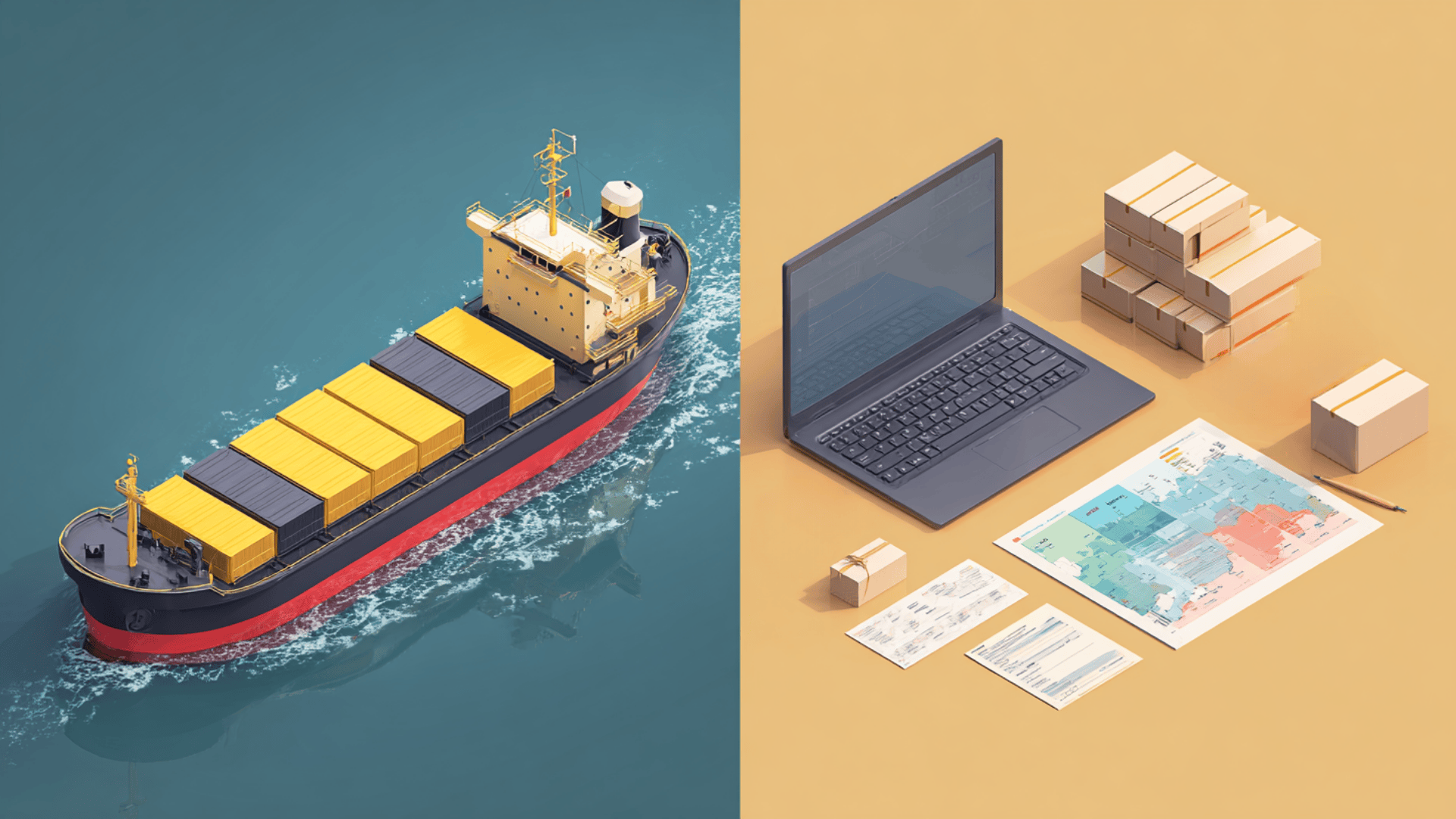Logistics Visibility Service Sparks Last-Mile Success
Last-mile delivery is one of the most challenging parts of the logistics chain. Customers expect speed, accuracy, and transparency, while carriers must manage routes, costs, and service quality. A strong logistics visibility service can transform how carriers perform in this critical stage. This article explains how visibility data improves last-mile delivery, why real-time visibility in logistics matters, and how companies like Postalparcel bring solutions to the market.
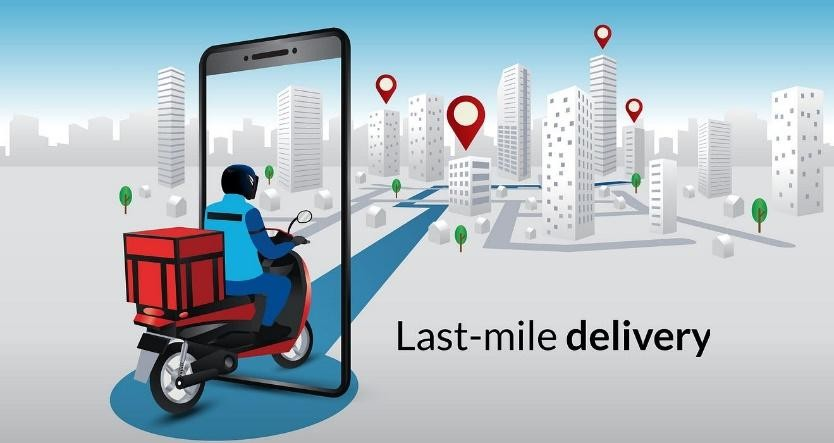
Why Visibility Matters in Last-Mile Delivery
Meeting Customer Expectations
Shoppers want to know exactly when their package will arrive. Without updates, uncertainty builds frustration and complaints. A logistics visibility service helps carriers provide accurate delivery times and alerts.
Reducing Costs and Delays
Last-mile delivery can account for more than 50% of total shipping costs. Poor route planning and missed deliveries increase expenses. Visibility tools highlight bottlenecks so carriers can respond quickly.
Building Trust and Brand Loyalty
Customers who receive transparent updates are more likely to trust the service. Carriers that use real time visibility in logistics gain a competitive advantage by offering reliability and peace of mind.
How Logistics Visibility Service Improves Carrier Performance
1. Route Optimization
- Collects data from GPS, traffic reports, and weather conditions
- Suggests shorter or faster paths for drivers
- Minimizes fuel consumption and improves on-time delivery
2. Exception Management
- Flags issues like failed delivery attempts or traffic jams
- Sends alerts to dispatch teams in real time
- Enables rerouting or rescheduling with minimal delay
3. Performance Analytics
- Tracks delivery times, stop frequency, and driver behavior
- Identifies which carriers consistently meet service-level agreements
- Creates benchmarks for continuous improvement
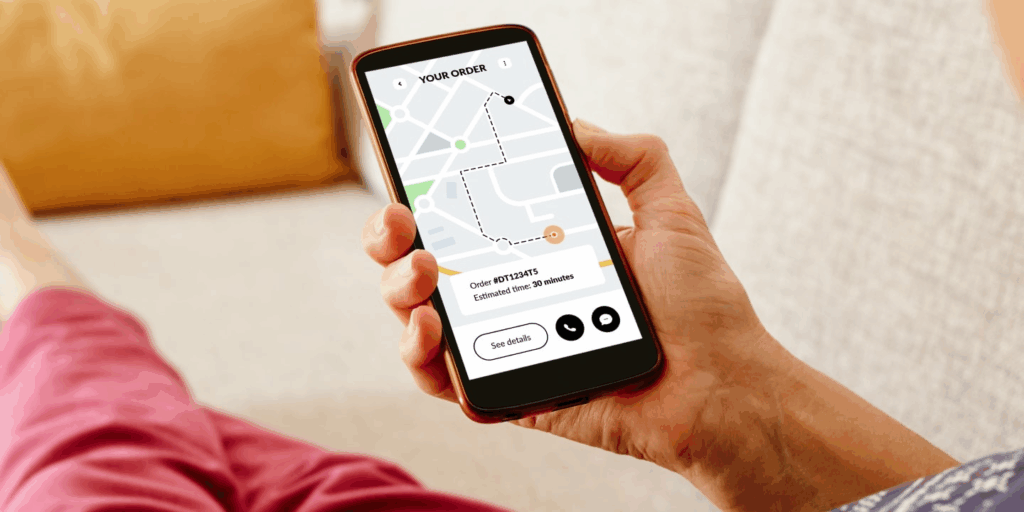
The Role of Real Time Visibility in Logistics
Faster Response to Problems
With real time visibility in logistics, companies can act immediately when delays occur. For example, if a truck breaks down, another vehicle can be dispatched before customers notice a major delay.
Improved Collaboration
Retailers, carriers, and customers can access the same data. Shared visibility reduces miscommunication and ensures everyone works toward the same goal: on-time delivery.
Data-Driven Decisions
Decision makers can see trends in delivery speed, failed attempts, or customer locations. This allows for smarter long-term planning, such as adding regional warehouses or selecting new carrier partners.
Practical Applications for Carriers
Visibility data is not just a dashboard feature; it is a tool for daily decision-making. Carriers can apply a logistics visibility service in multiple practical ways that directly improve operations.
Optimizing Fleet Management
Carriers with large fleets often struggle to use their vehicles efficiently. By analyzing live GPS and delivery status data, dispatchers can identify idle vehicles, balance workloads, and reassign routes in real time. This avoids wasted fuel and ensures drivers cover more ground with less effort.
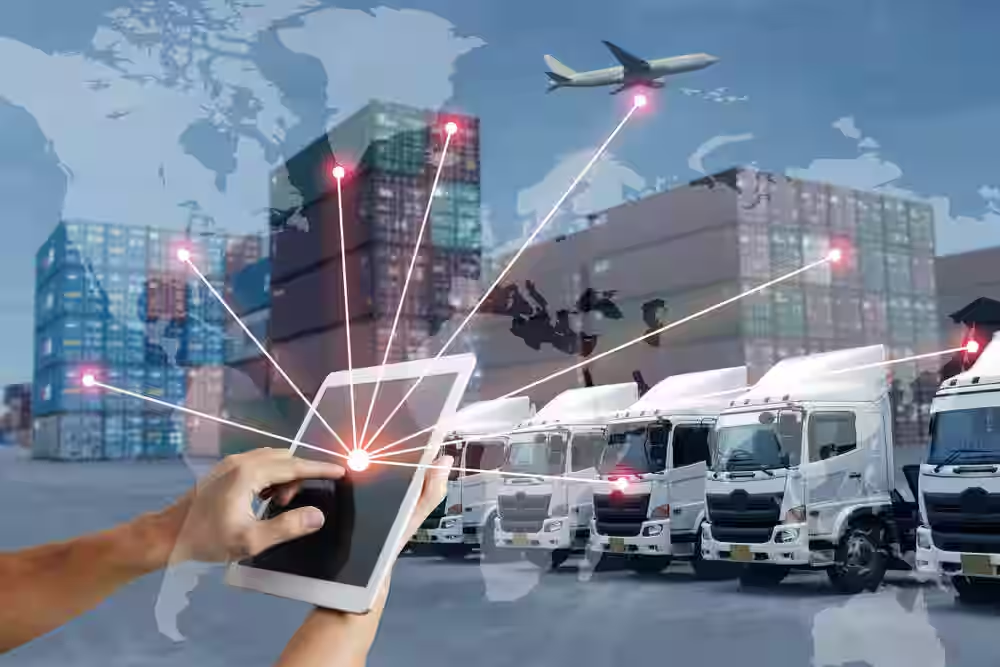
Enhancing Customer Communication
One of the most powerful applications is in customer engagement. With automated alerts, customers receive updates like “your driver is 10 minutes away” or “delivery has been rescheduled.” This builds trust and reduces failed deliveries caused by missed connections.
Reducing Failed Deliveries
Failed deliveries are expensive. They require redelivery attempts and cause dissatisfaction. By using address validation, precise ETA sharing, and dynamic rescheduling, carriers can lower the rate of missed deliveries. The combination of proactive updates and accurate data ensures fewer wasted trips.
Supporting Performance Benchmarking
A logistics visibility service collects performance data across carriers and regions. Businesses can compare carriers on key metrics such as on-time delivery, first-attempt success, and cost efficiency. This allows better decisions when selecting long-term partners.
Challenges in Last-Mile Visibility
Despite its benefits, implementing real-time visibility in logistics is not without challenges. Many carriers face barriers that must be addressed for the system to deliver full value.
Data Integration Across Systems
Carriers often work with a mix of legacy software, handheld devices, and third-party apps. Connecting these systems into a unified visibility platform is complex. Without integration, data can become fragmented and unreliable.
Technology Investment
Small and medium-sized carriers may hesitate to adopt advanced visibility platforms due to the cost of hardware, software, and training. While the return on investment is clear in the long run, initial costs can slow adoption.
Ensuring Data Accuracy
Real-time tracking only works if data is accurate and consistent. Inconsistent scanning, weak mobile signals, or driver non-compliance can create blind spots. Carriers must enforce strict scanning and update rules.
Change Management
Drivers and operations teams may resist new processes. Some worry about increased monitoring, while others may not see the immediate benefit. Strong communication and training are essential to overcome this barrier.
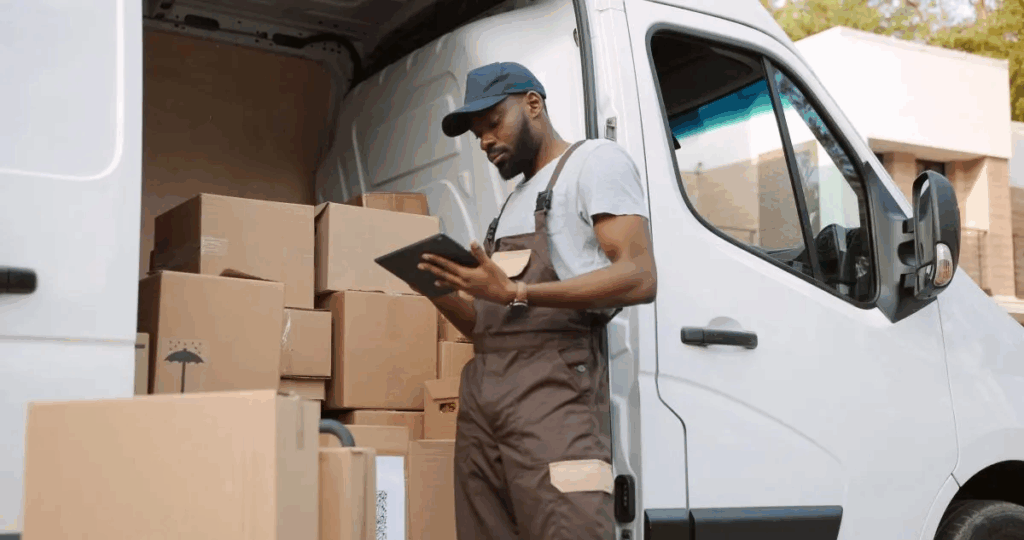
The Role of Postalparcel in Visibility Solutions
Postalparcel delivers a logistics visibility service that connects carriers, retailers, and customers on one platform. The system integrates tracking, route optimization, and exception management. By offering real-time visibility in logistics, it helps businesses improve delivery success rates and reduce costs.
Features include:
- Multi-carrier tracking in a single dashboard
- Predictive alerts for potential delivery delays
- Custom reporting for performance evaluation
Best Practices for Carriers Adopting Visibility Services
To maximize results, carriers should follow proven best practices when deploying a logistics visibility service.
Start with Key Metrics
Instead of tracking everything at once, begin with the most impactful KPIs, such as on-time performance and delivery success rate. This ensures quick wins and builds momentum for adoption.
Partner with Reliable Providers
Not all visibility platforms offer the same quality of integration. Carriers should choose providers that support multiple carriers, provide open APIs, and offer predictive analytics. A strong partner like Postalparcel brings proven solutions to reduce risks.
Train Teams Thoroughly
Technology adoption depends on people. Carriers must invest in driver training, dispatcher workshops, and customer service coaching. Easy-to-use apps and clear instructions reduce resistance.
Scale Gradually
Adopting visibility across all operations at once can be overwhelming. A phased approach—starting with a single region or product line—allows carriers to refine processes before scaling up.
Use Data for Continuous Improvement
The true power of visibility lies in continuous improvement. Carriers should review data weekly, share insights with partners, and set new benchmarks over time.

Future of Last-Mile Delivery with Visibility
- The logistics industry is evolving rapidly, and visibility will remain at the heart of innovation.
- Artificial Intelligence and Machine Learning
- AI will analyze massive amounts of delivery data to predict delays before they happen. Machine learning can suggest optimal delivery windows, recommend vehicle maintenance, and even predict customer preferences.
- Internet of Things (IoT) Devices
- IoT-enabled sensors on packages and vehicles will provide real-time condition data, such as temperature for sensitive goods or shock detection for fragile items. This will expand the role of real-time visibility in logistics beyond location tracking.
- Sustainability and Green Delivery
- As environmental goals become stricter, visibility platforms will optimize routes to minimize emissions. Electric vehicle fleets will be managed through smart scheduling, reducing both fuel costs and carbon footprints.
- Customer-Centric Experiences
- In the future, customers will expect full control of their deliveries. Real-time updates will include dynamic rerouting options, precise ETAs down to the minute, and secure delivery verification through photos or digital signatures.
Conclusion
Improving last-mile delivery is not just about speed. It is about using information to make smarter choices. A logistics visibility service allows carriers to see problems clearly and act fast. Real-time visibility in logistics reduces delays, improves communication, and builds stronger trust with customers.
For companies looking to stay competitive, solutions from providers like Postalparcel can make a big difference. By embracing visibility data, carriers can reduce costs, keep customers happy, and shape the future of delivery services.
Industry Insights
news via inbox
Nulla turp dis cursus. Integer liberos euismod pretium faucibua








